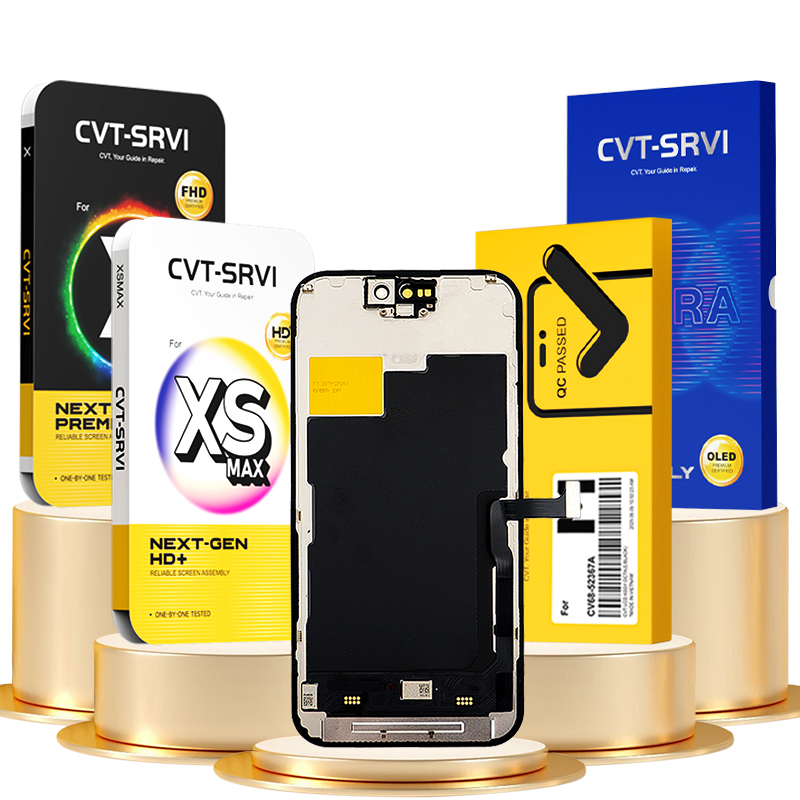
True Tone offers a service formulated by Apple to harmonize screen color with surrounding light. Thus True Tone permits devices to present faithful and sharp color irrespective of ambient brightness. A number of users observe greater eye relaxation when enabled for lengthy usage, due to its alleviation of eye tiredness. The innovation belongs to devices like iPhones, iPads, and Macs and it can be controlled for activation or deactivation per user wish.
- Moments where True Tone proves helpful entail sunlight reading, dark room computing, or night video streaming.
Advanced Functionalities customizing screens for conditions
True Tone stands as a transformative system adjusting hue warmth by surroundings. It employs sensors to gauge ambient light and automatically alters blue light emission for a more relaxed sight impression. This diminishes eye strain and enables better viewing over long durations. True Tone technology is found in an increasing range of electronics like mobiles, slates, and displays.
Cellular Screen opposed to iPhone Panel: Fundamental Differences
Though frequently mixed, “cellphone display” and “iPhone screen” reveal key disparities between Android and Apple displays . Android displays offer wider variety in size and resolutions, whereas iPhones are distinguished by bright AMOLED screens. Differences also exist in types of panels used. Certain Android manufacturers employ AMOLED screens while Apple uses mainly LCD and OLED panels in their iPhones.
- Contrasts are apparent regarding palette richness and viewing extents
- Some Android models provide higher refresh rates resulting in smoother scrolling
- Overall, iPhone displays are recognized as brighter
Understanding True Tone Technology in iPhones
True Tone features an intelligent method modifying display tones according to light exposure. It enables better content visibility regardless of illumination changes. When True Tone is activated, sensors in the iPhone detect ambient light and change the screen’s color temperature to be goldenish in dark environments or cooler in sunny settings.
- In addition, True Tone supports better eye relaxation and comfort
- Turn on or off True Tone through system Settings > Display and Brightness options
Authentic Viewing Sensation
With True Tone, your screen adjusts to match surrounding ambient light. This generates a more natural visual experience, mitigating ocular weariness leading to genuine content interaction.
- Enjoy tones with enhanced liveliness and exactness
- Achieve heightened image clarity and definition
- Control eye tiredness through prolonged viewing
Should you invest in a True Tone display?
In the current tech world, gadgets increase in complexity. One feature gaining popularity is True Tone technology which autonomously calibrates pantalla tones based on ambient light, enhancing the visual experience to be more natural and pleasant. But is having a True Tone display really necessary? The answer depends on how you employ your device and your specific needs.
- Users dedicating long hours to screens observe True Tone effectively reduces eye tension and improves comfort
- In contrast, casual users or those focused on leisure activities may find smaller impact
Eventually, True Tone display appraisal depends on personal use and tastes. If you prioritize a more natural and comfortable viewing experience, this feature is worth considering when selecting your next device.
Gains and Limitations of True Tone Displays
True Tone represents a fascinating characteristic calibrating screen hues relative to lighting. This can deliver eye-friendly display benefits chiefly during extended viewing. However, there are some limitations. Some users find True Tone may be too sensitive, causing sudden changes in color temperature.
- Color precision for particular applications may suffer
- Occasionally, True Tone struggles with varied lighting types
Broadly speaking, True Tone provides advantages to habitual display watchers. Nonetheless, it is important to remain aware of its constraints.
Reviewing True Tone Enabled Screens
True Tone has rapidly reshaped screen content interaction. This cutting-edge feature dynamically modifies the color temperature of your display to balance with surrounding light. Thus, True Tone provides a more credible viewing experience, reducing eye strain and strengthening color accuracy. When examining screens with True Tone, consider factors such as display sharpness to identify the best recommendation for your demands.
- Further, True Tone can elevate image clarity in certain settings.
- On the other hand, not all True Tone-equipped displays are equivalent.
Highly-Reputed iPhones with True Tone Displays
When desiring the best screen experience, look into iPhones with True Tone functionality. True Tone adapts display hues responsive to lighting conditions, yielding enhanced viewability. Popular iPhone models with True Tone include XS Max, 11 Pro Max, 12 mini. These variants offer a diverse spectrum of features and specifications to pantallas para iPhone meet your needs.
- Pricing for True Tone iPhones can be accessible
- Additionally, the feature safeguards eyesight by minimizing screen strain
Optimizing True Tone on Your iPhone
Tuning True Tone improves visual clarity by adapting screen warmth setup. To do this, go to "Settings" > "Display & Brightness" and switch on True Tone. In that same section, you can customize True Tone levels according to your preferences.
- Keep in mind True Tone works optimally with natural light exposure
- Sample alternative configurations to perfect your sight comfort
True Tone Examination: Improves Visual Quality?
Advanced True Tone mechanisms claim improved and more accurate imagery. But does it really meet these claims? To verify whether True Tone meaningfully improves the experience, we explored its function across a variety of devices and scenarios.
- In this review, we present results to help determine if True Tone is an indispensable feature
Read this examination to find out whether True Tone upgrades your visual comfort!
